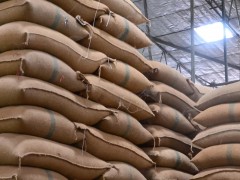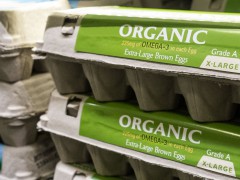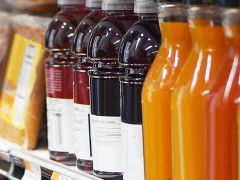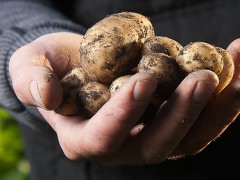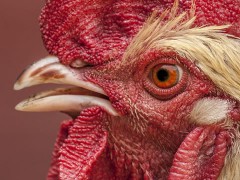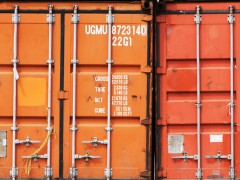Governor Peter Shumlin of Vermont has proposed some changes to the Schools/Child Nutrition Commodity Programs which may benefit his state’s farmers.
The Commodity Program feeds school children using surplus commodities. It support American agricultural producers by providing cash reimbursements to growers for meals served in schools. Food purchased by the USDA in this way also goes to programs like the National School Lunch Program, the Child and Adult Care Food Program, and the Summer Food Service Program. In 2010, the program spent $844 million to purchase food and stabilize commodity prices in the United States.
It is important to note that this is a price control program, not a feed-the-children program. Feeding needy children is a laudable secondary benefit of the program. The intended beneficiaries are mainly the states producing the products on this list, a table of foods available for the coming 2012 school year. That may or may not be Vermont. Most of the federal program dollars probably flow south and west, where the agriculture is larger in scale and commodity-based. Vermont may grow some of the crops used in the program, but I suspect that the state’s farmers receive a smaller percentage of its dollars than most others.
Shumlin’s idea suggests a pretty clever reallocation of funds that would be an absolute boon to Vermont’s farmers. Shumlin wants to take Vermont’s allocation and use it to purchase agricultural goods made in Vermont. It would take federal program dollars and pour them back into his own state rather than a commodity producing state.
It seems like a great plan, but it rather frustrates the purpose of a commodity surplus program. Instead of using federal dollars to stabilize prices by relieving market excess, the dollars will instead be diverted to stimulate more local production. That would be great for Vermont farmers, and better for the kiddies, but would leave surpluses untouched. It’s a great idea nonetheless.


